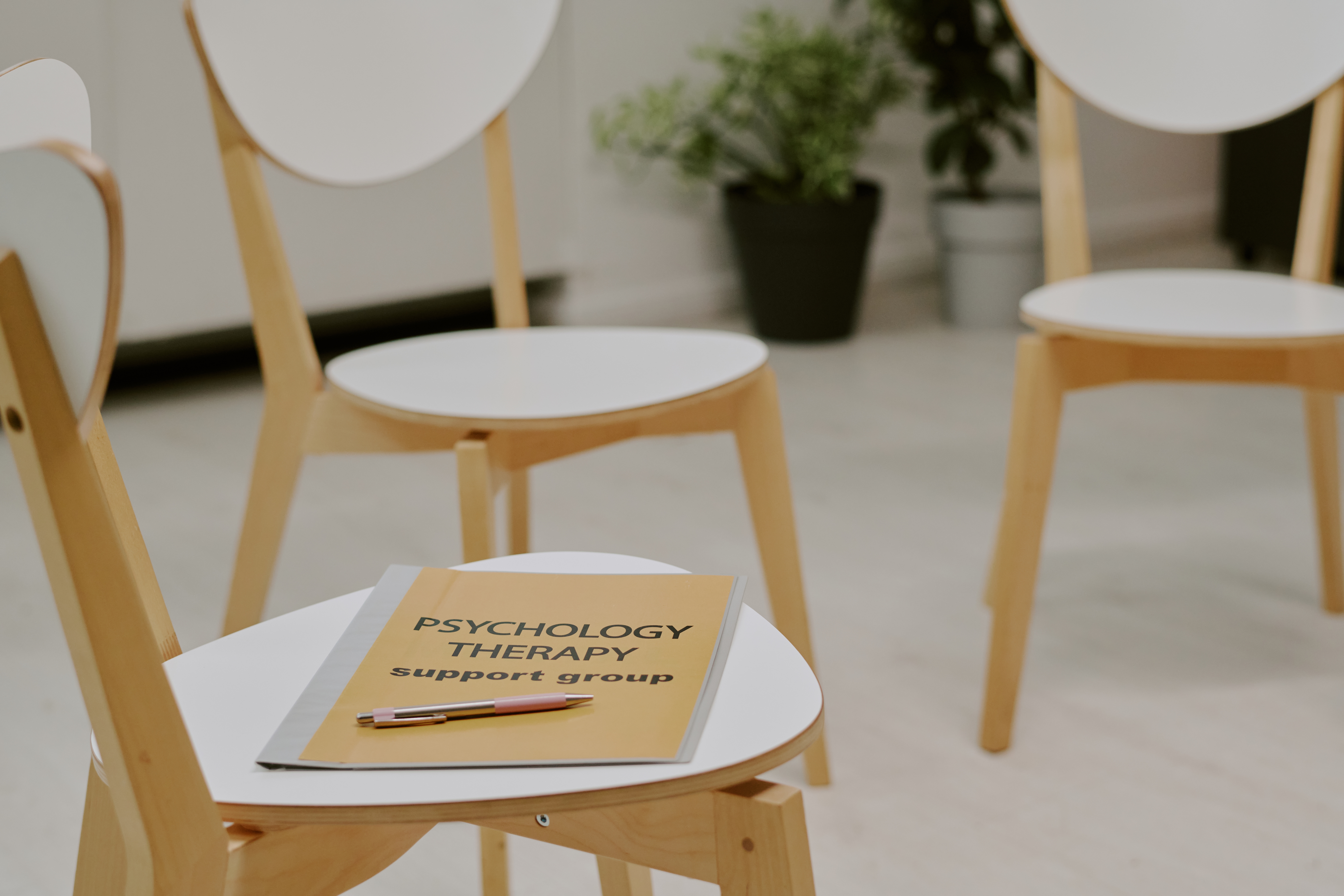Cognitive-behavioral therapy (CBT) is a popular treatment method in individual and group counseling. One reason is that it has different forms and can be easily adapted. Dialectical behavioral therapy (DBT) is an excellent example of a CBT form created to treat specific disorders.
In the 1980s, DBT was developed for people with borderline personality disorder. Over time, DBT has shown to be effective in treating mood disorders such as depression, bipolar disorder, anxiety, and behavioral addictions.
In this article, we will explore the many benefits of DBT for your consideration.
What is DBT?
Dialectical refers to two opposing ideas. With dialectical behavioral therapy, therapists help you use two opposing concepts to solve problems and make changes. DBT teaches specific skills to help you improve, including mindfulness, distress tolerance, interpersonal effectiveness, and emotion regulation.
The theory behind DBT is that some people are naturally wired to have emotional extremes. If they are never taught to regulate their emotions, their whole life will be filled with emotional highs and lows that can lead to unwanted behaviors.
Goals of DBT
The ultimate goal of dialectical behavioral therapy is to bring about positive changes in your life. It helps you deal with and change negative thoughts, feelings, and behaviors.
DBT goals include reducing self-destructive behaviors, ranging from eating disorders to self-harm to suicidal thoughts, plans, or ideations. Also, DBT works to change behaviors that interfere with the counseling progress and learn new skills to help you reach your goals.
Here are the many benefits of DBT.
The Many Benefits of DBT
One benefit of dialectical behavioral therapy is learning skills for both acceptance and change. This may sound confusing, but acceptance and change. If you accept something, why would you need to change it? It’s about learning to balance opposites.
A good example is something that takes place in therapy: learning to accept your life and self while also making improvements where needed and when the opportunity arises.
Other benefits include the following:
- Replacing unhealthy behavior patterns with healthy ones
- Recognizing your strengths and applying them to all areas of your life
- Improving communication skills.
- Helping you feel more in control of your emotions, relationships, and life.
- Teaching you how to change negative thought processes to avoid impulsive reactions.
- Teach you to set priorities, say no, and ask for your needs.
- Implementing mindfulness techniques for better self-care and emotional regulation. You will learn to be more aware of what is happening inside and surrounding you. This will help you make informed decisions out of reason rather than impulse.
- Learning distress tolerance can help you sort through the things you can and cannot change. You make decisions based on what is factual and logical rather than on your thoughts or feelings about a situation.
There are various modalities associated with dialectical behavioral therapy, including individual therapy, group skills training, coaching in crisis, environmental structuring, and team consultation. Not everyone will utilize each modality. Instead, your therapist will choose the method with the highest success rate for treating your specific disorder.
DBT Stages of Treatment
DBT progresses through stages. In stage one, the focus is on stabilization and safety. If someone is in a crisis, it must be resolved, and it must be stabilized. In stage two, therapists help you identify unhealthy thought processes and behaviors. They also help you get to the source of your pain, including past traumas.
In stage three, your therapist helps you work through daily issues, set goals, and find ways to start enjoying life. In the final stage, you continue working on improvements, maintaining the progress you’ve made so far, and forming a spiritual connection.
DBT Example: Treating Substance Use Disorders
Dialectical behavioral therapy research supports its use for treating alcohol and substance use disorders. Below is an example of how DBT for addiction may progress through various stages.
Stage 1: Stabilization
Stage one typically begins during inpatient treatment when someone has a substance use disorder. Ensuring you are physically and psychologically safe is the priority. During this phase, modalities may include individual therapy and team consultation.
Stage 2: Processing Trauma and Improving Emotional Experiences
Healing from trauma is the focus of stage two. Stage two may occur in an inpatient rehab facility, partial hospitalization, or intensive outpatient program. Several modalities are appropriate for this stage, including individual therapy, consultation team, and group skills training.
Stage 3: Reaching Personal Goals
In the third stage, someone with substance use issues may transition from inpatient treatment to partial hospitalization, intensive outpatient, or sober living. This is when you get to practice the skills you have learned. You will still be working with an individual therapist and continuing group skills training. You may be getting environmental structuring assistance and coaching.
Stage 4: Finding Deeper Meaning
The final stage is when you focus on a spiritual connection and find your purpose, giving you a reason to keep working towards your goals in DBT. You may choose to do this on your own, in support groups, or with an individual therapist.
Is DBT Right for You?
Keep reading, and if any of the statements below sound familiar, you can benefit from DBT.
- You have been diagnosed with a personality disorder.
- You have been diagnosed with a mood disorder.
- You struggle with self-harming behaviors.
- You have an alcohol use disorder or substance use disorder.
- You have emotional outbursts or experience a loss of control over your emotions.
- You act impulsively or react before thinking about the consequences.
- You have thoughts of suicide or that everyone would be better off if you weren’t here.
- You have frequent and extreme mood swings.
- You have uncontrollable anger outbursts.
- You occasionally have feelings of emptiness or hopelessness.
- You have attempted treatments in the past that didn’t give you the desired results.
If you want to know more about the many benefits of DBT and how it can help you reach your goals, don’t hesitate to contact us today. Our DBT treatment specialists are eager to help.
Sources:
- Arnold TG. Core Mindfulness: Dialectical Behavior Therapy (DBT). GoodTherapy.org Therapy Blog. Published January 23, 2008. Accessed October 5, 2022. https://www.goodtherapy.org/blog/dialectical-behavior-therapy-dbt-core-mindfulness/
- Schimelpfening N. What Is Dialectical Behavior Therapy (DBT)? Verywell Mind. Published July 22, 2022. Accessed October 5, 2022. https://www.verywellmind.com/dialectical-behavior-therapy-1067402





